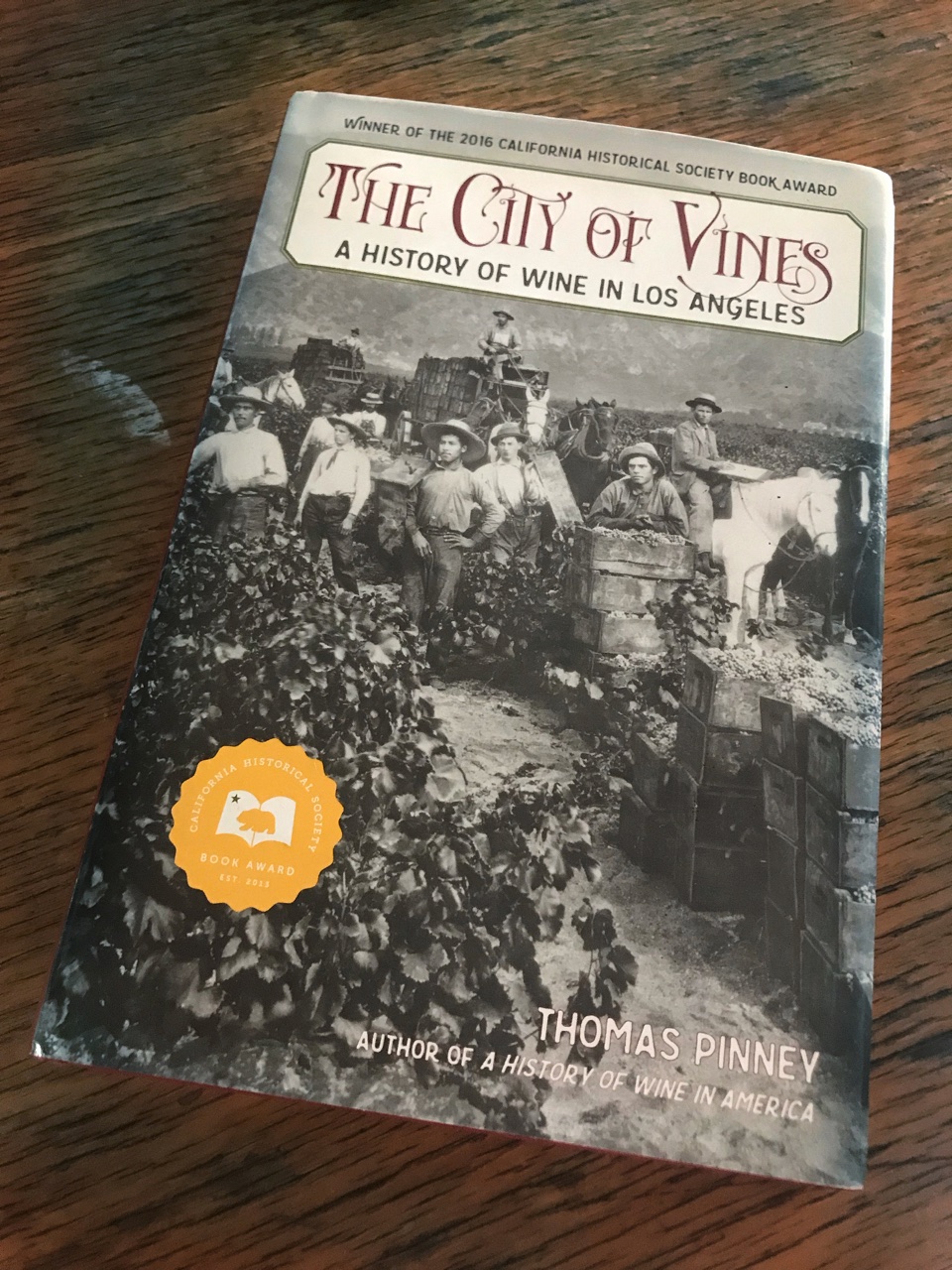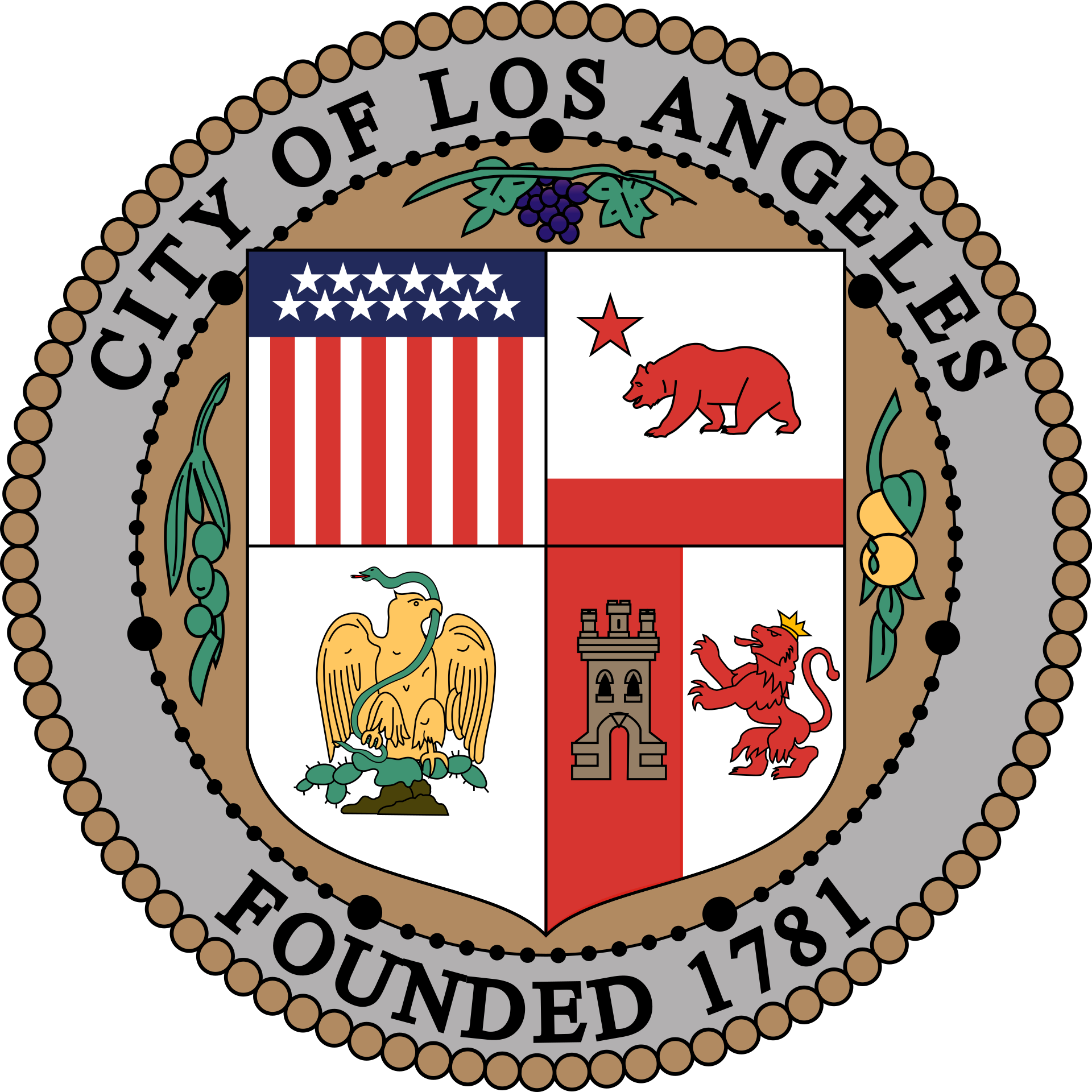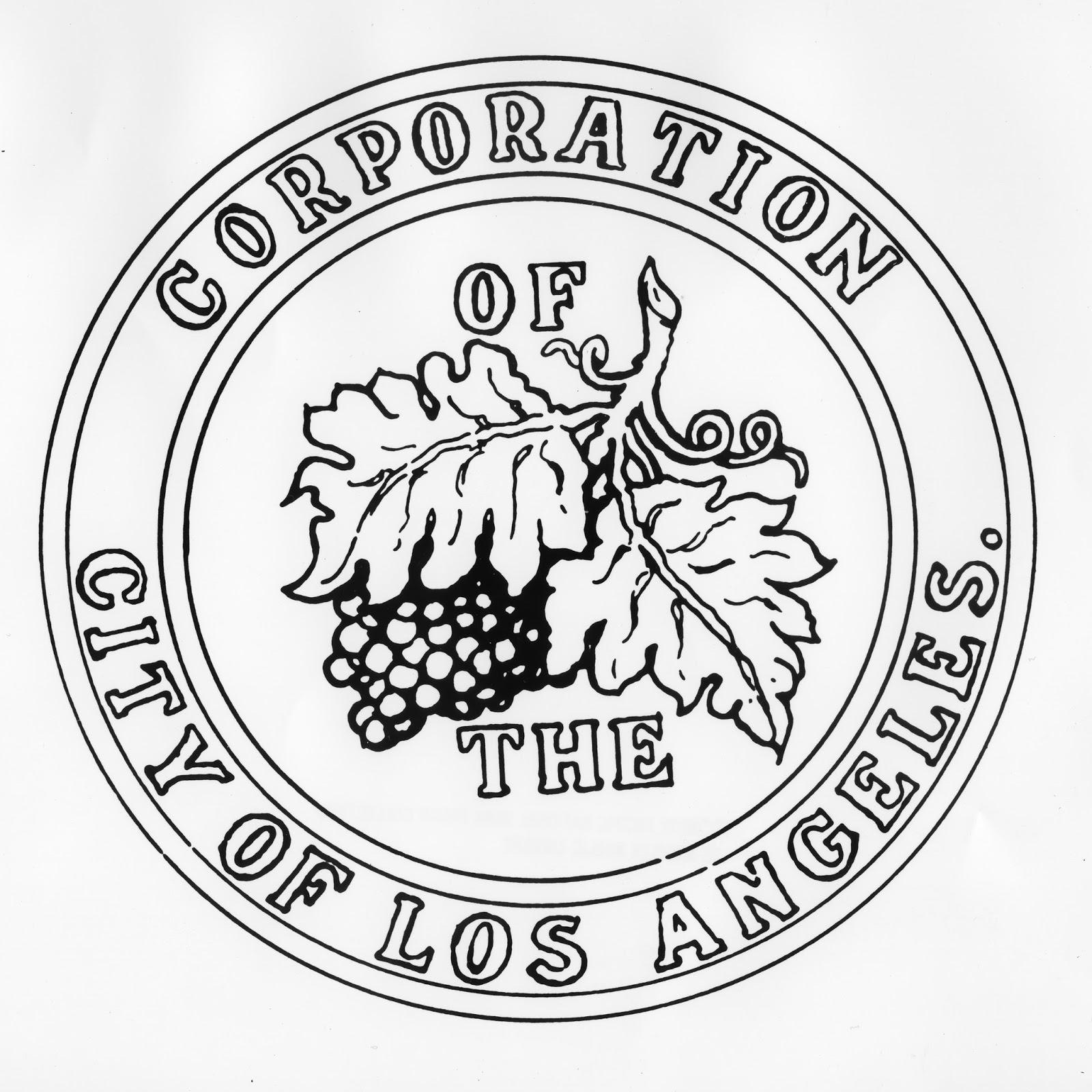Just finished Thomas Pinney’s book The City Of Vines. It’s a very comprehensive history of the birthplace of wine in California: Los Angeles. As the author says himself in the preface: “the most striking fact about the history of winemaking in Los Angeles, is the completeness with which it has been forgotten”.
An interesting book, although very heavy on statistics and numbers at times. Mainly throughout the early years where Mission San Gabriel and Mission San Fernando produced the bulk of the wine, it exploded into multiple smaller private vineyards in the early 1800’s. Mission was the main grape, but towards the end certainly not alone. Very early on experiments started with imported vines, such as Muscat, Carignan, Lenoir, Mataro, Frontignac, Malbec, Grenache etc, but Mission was always the bulk (as it was a vigorous producer and very resistant to disease). As an example, In 1854, over 400000gals of mainly fortified Mission wine was shipped to San Francisco for consumption alone. That was after Los Angeles/San Diego and NY markets had been supplied, so it’s easy to imagine Los Angeles produced well over 1 million gallons of Mission then. And this was not even peak production either, that was at turn of last century. LA probably produced well over 5 million gallons of wine, at its peak. Staggering numbers compared to anywhere today. Mind-boggingly, the main area for production is now where Downtown lies. Especially along Alameda St and Mateo St with their close proximity to the LA river.
Wine production and wineries continued here until prohibition, but the Volstead Act killed off most of them and few remained after the repeal. All into the 50’s and 60’s a few remained, one in Burbank and quite a few out towards Rancho Cucamonga. History of wine in Los Angeles is still visible in many of the place names, such as Vignes St, Keller Rd (big wine producer). Even Mt Wilson is named after one of the biggest growers in the county. The old city seal used to depict only a grapevine, but if you look closely at the current seal, you will see a small vine depicted at the top of it. An interesting book for those who might want to know more about the history of CA wine and perhaps has a connection to Los Angeles.
By no means a revival, there is however a resurgence of wine production here. We are a few producers here in Los Angeles now and some take fruit from only Los Angeles County, such as Cavaletti, Angeleno Wine and Blatty. Scholium Wines, which I’m sure most have heard about, are now LA based and takes a mix of fruit from here and elsewhere. Rajat Parr is starting a LA based winery in partnership with Scholium and will probably release next year. Perhaps the most awarded of all the Los Angeles based wineries is Byron Blatty. They consistently score in the 90-95pts segment and have gotten plenty of awards.


